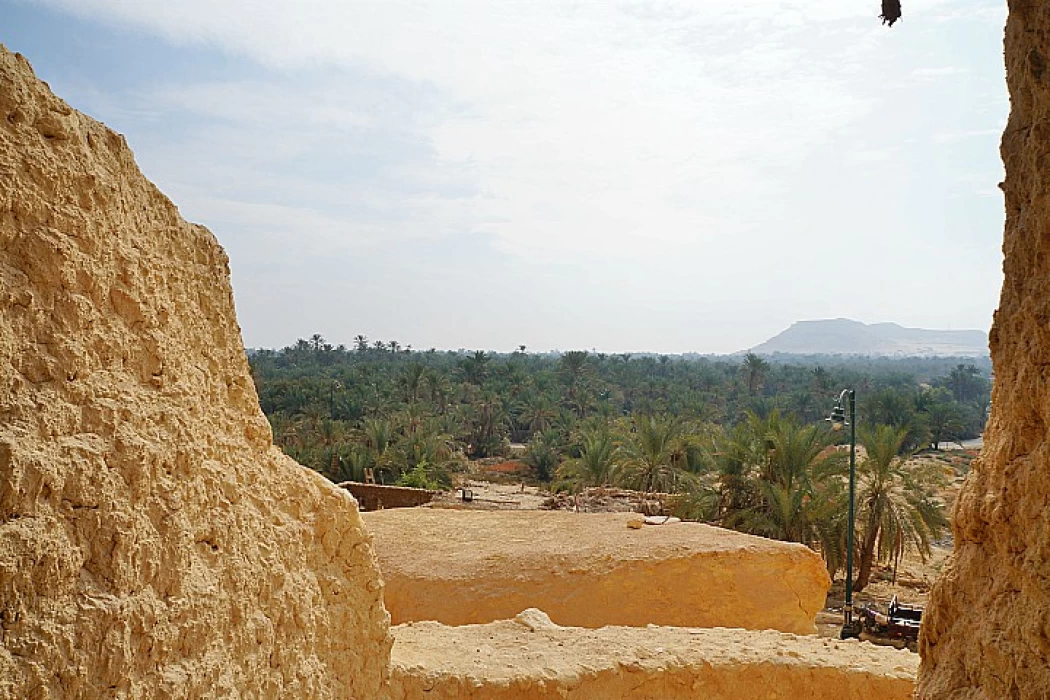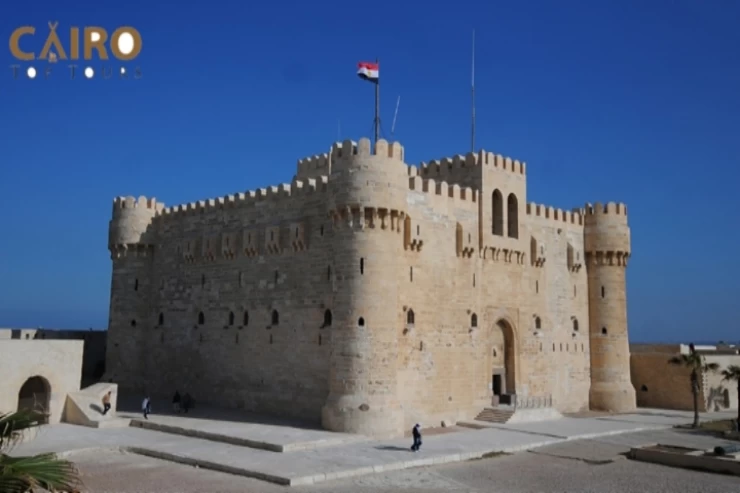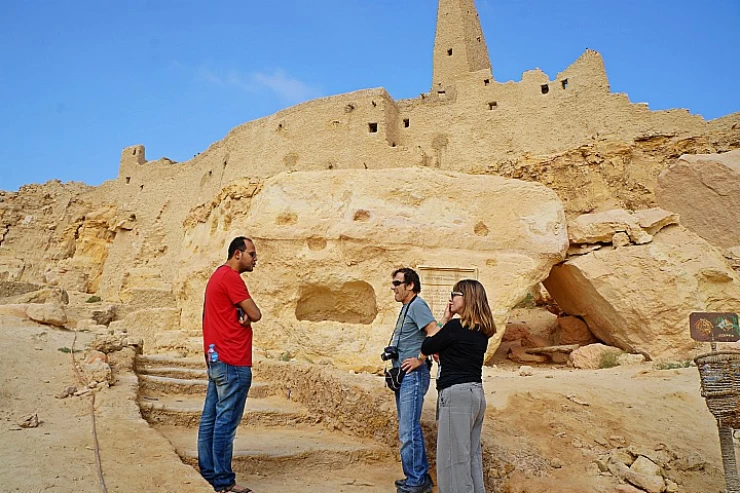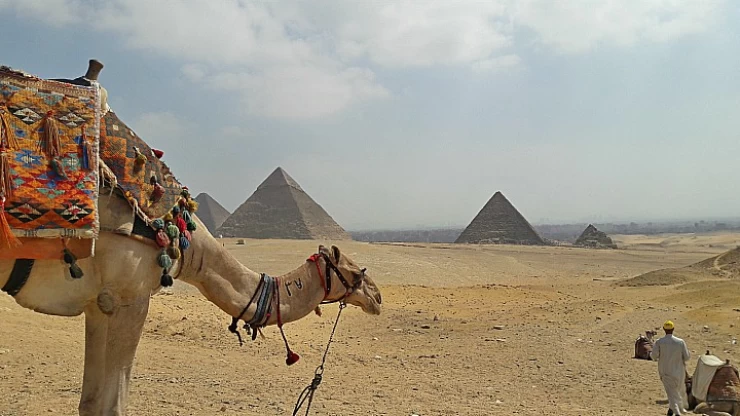
Temple of the Oracle at Siwa Oasis
Information about Temple of the Oracle
The Temple of Omens is one of the most famous archaeological and tourist attractions in the Siwa Oasis in Matrouh Governorate, west of Cairo. The temple is located on the Aghormi plateau, 30 metres above ground level, where visitors can see a full view of the oasis with its mountains, houses and palm plantations from the top floor of the temple.
The place consists of three parts: the main temple, the ruler's palace and the guards' pavilion, with annexes such as the sacred well where washing and cleansing took place. The importance of the temple is due to the fact that it was the place of revelation of the god Amun according to ancient Egyptian beliefs during the Pharaonic era, so it became an important destination for people in that era to consult on matters that they wish to predict.
The Temple of Amun witnesses an astronomical phenomenon called the spring equinox, where the sun is perpendicular to the temple twice a year in spring and autumn, and the day and night are equal after 90 days, as it is the shortest day of the year, and 90 days later it is the longest.
The Temple of Amun or the Temple of Revelation, also called the Temple of Predictions, is one of the most famous temples of the god Amun, located in the oasis of Siwa, dating back to the 26th Dynasty. This era is called the Renaissance or the Sawi era from 646 to 526 B.C. Inscriptions in the Holy of Holies area inside the temple indicate that it was established by King Ahmose II, one of the most important kings of that dynasty.
This temple is called the Temple of Predictions because people at that time used to go to the temple to consult the god Amun in matters that they want to predict, so they go to the temple and ask the priests to consult Amun on the matter that confuses them, hence the name by which the temple is known until now.
This temple was visited by Alexander the Great in 331 BC after he arrived in Egypt and was crowned as the son of the god Amun before being installed as ruler of Egypt, Alexander the Great tried to show appreciation and respect to the Egyptian gods because he knew how important this was to them.
Alexander asked the priests to predict the fate of his future military campaigns because he knew that the temple was famous for this and that people visited it for this purpose, so he asked to be predicted whether he would rule the world or not, and the answer was yes, but not for long.
The Temple of the Oracle in Siwa, additionally referred to as the Temple of Alexander the Great, is one of the foremost attention-grabbing sites that you simply can see throughout the Siwa Oasis tour from Cairo. The importance of the temple comes from being renowned when Alexander the Nice visited the temple seeking the solution from God Amun that he's the pharaoh son of Zeus (God Amun in ancient Egyptian religion), and he has the ability over the complete kingdom of Egypt within the fourth century B.C.
Vibe of Travelers: Cultural Insights: Investigate the temple remnants and their roles in ancient Egyptian religion and politics. Gorgeous Views: Enjoy some of the stunning vistas from being elevated, perfect for photography and mellow memories-making. Other Places to Visit: You can also use your visit to tell a special story by adding it to some other highlights in Siwa, such as Cleopatra Spring and the Great Sand Sea. To be visited by every history buff, the Temple of the Oracle still gives a taste of the dark side of ancient Egyptian spiritualism within the natural beauty surrounding Siwa Oasis.
The temple was designed throughout the 26th Dynasty within the New Kingdom epoch of Ancient Egyptian history to be dedicated to the Triad of Amun (Amun, Mut, and Khonso). It had been aforementioned that the temple of the oracle was designed over an acknowledge because of the Solar Well, and also the ancient Agurmi Village that was designed from the Kershif technique of building, which is the ancient building technique in Siwa; the kerchief vogue is solely a mixture of clay with salt, which supplies the structure a lot of strength and keeps it cooler from within throughout summer high temperatures.
The star Well of God Amun was aforementioned to be discovered by the Greek deity, the Greek God of Wine, once he was lost within the desert; another story tells that it had been found by 2 monks who had been exiled from the urban center and lost within the desert round the space of Siwa; one amongst the 2 monks was believed to be the one World Health Organization spoke the oracle.
The folks of Agurmi Village left the place when serious rains in 1935 happened and melted-down components of the village, so they settled within the space behind the temple.
The temple was designed throughout the twenty-sixth family line by Amasis to encourage the folks to return and settle within the space of Siwa Oasis to be able to cultivate the land all year long because the underground water, as a result of the Nile River water, rises throughout flood time.


















